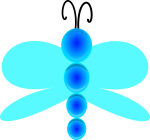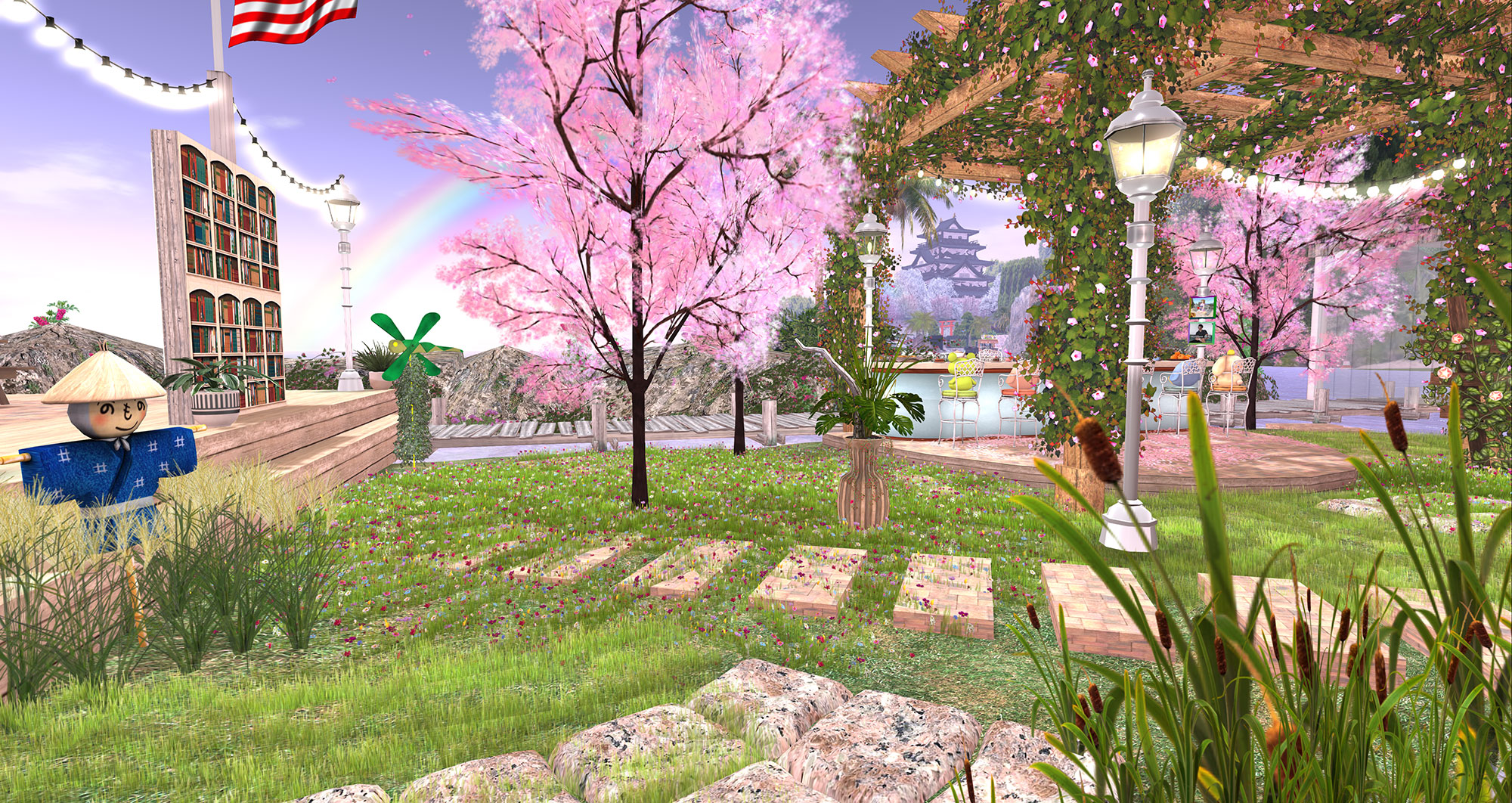トンボのゼファー
Once upon a time, in a lush green meadow, there lived a beautiful dragonfly named Zephyr. Zephyr was no ordinary dragonfly. Her wings shimmered in the sunlight, with hues of emerald and sapphire. She was known to be the fastest and most graceful dragonfly in the meadow, darting effortlessly through the air.
昔々、緑豊かな草原に美しいトンボのゼファーが住んでいました。ゼファーは普通のトンボではありませんでした。エメラルドとサファイアの輝きを放つ翼を持ち、草原で最も速く、優雅に舞うトンボとして知られていました。
Zephyr spent her days fluttering from flower to flower and enjoying the warm sun on her wings. She would often stop to rest on a lily pad, admiring her reflection in the clear pond below. She was content with her simple life in the meadow, but deep down, she yearned for adventure.
ゼファーは、花から花へと舞い、暖かい太陽の光を翼で浴びながら過ごしていました。時々、彼女は睡蓮の葉っぱで休憩し、水面に映る自分の姿を眺めていました。彼女は、草原でのシンプルな生活に満足していましたが、内心では冒険を望んでいました。
One day, as Zephyr was basking in the sun, she heard a faint cry for help. She followed the sound and found a small frog caught in a spider’s web. Without hesitation, Zephyr flew to the rescue. Using her strong wings, she carefully untangled the frog from the web and set him free. The grateful frog hopped away, thanking Zephyr for her bravery.
ある日、ゼファーが日向ぼっこをしていると、かすかな助けの声を耳にしました。声の方向に向かって飛び、クモの巣にとらわれた小さなカエルを見つけました。迷わず、ゼファーは救出に飛び出しました。彼女は強い翼を使って、カエルをクモの巣から丁寧に解放し、自由にしました。カエルは勇気ある行動に感謝して跳び去りました。
From that day on, Zephyr became known as the protector of the meadow. Whenever a creature was in trouble, she was there to lend a helping wing. She saved birds from being caught by cats, rescued fish from shallow waters, and even helped bees find their way back to their hive.
その日以来、ゼファーは草原の守護者として知られるようになりました。生き物が困っているときには、彼女が手助けに駆けつけました。彼女は、猫に捕まる鳥を救い、浅瀬に閉じ込められた魚を救い、さらには蜂を巣に戻すのを手伝いました。
Zephyr’s heroism didn’t go unnoticed. One day, as she was flying over the meadow, she heard a voice calling her name. She followed the sound and found a wise old dragon perched on a rock.
ゼファーの勇敢さは人々に広まりました。ある日、草原の上を飛んでいると、声が聞こえました。声の方に向かって飛び、石の上に座っている老いた竜を見つけました。
“Zephyr, I have been watching you. Your kind heart and bravery have made you a hero in this meadow,” said the dragon.
「ゼファー、私はあなたを見ていました。あなたの優しい心と勇気によって、あなたはこの草原で英雄になりました。」と竜は言いました。
Zephyr was surprised but grateful for the dragon’s kind words.
ゼファーは驚いていましたが、ドラゴンの親切な言葉に感謝していました。
“As a token of my appreciation, I will grant you one wish,” said the dragon.
「私の感謝のしるしに、あなたの願いを一つだけ叶えましょう」とドラゴンは言いました。
Zephyr thought for a moment before answering, “I wish to explore the world beyond this meadow.”
ゼファーは少し考えた後、「私はこの草原を越えて、世界を探検したいです」と答えました。
The dragon smiled, “Your wish is granted.”
ドラゴンは微笑み、「その願いを叶えましょう。」と言いました。
Zephyr’s wings began to glow, and suddenly, she was lifted high into the air. She soared above the trees, over the mountains, and across the seas. She saw things she never imagined existed, from towering waterfalls to bustling cities. She met creatures of all shapes and sizes, and shared her stories of heroism and kindness.
ゼファーの羽は輝き始め、突然空高く飛び上がりました。彼女は木々の上、山々の上、海を越えて飛びました。彼女は想像もできないようなものを見ました。大きな滝から、にぎやかな街まで。あらゆる形や大きさの生き物たちに出会い、自分の勇気と優しさの物語を話しました。
As she traveled, Zephyr realized that her simple life in the meadow was just the beginning of her adventure. She returned to the meadow, grateful for the experiences and friendships she had gained along the way. From that day on, Zephyr continued to spread kindness and joy, inspiring others to be brave and explore the world beyond their own backyard.
旅をしているうちに、ゼファーは、草原でのシンプルな生活が冒険の始まりだったことに気付きました。彼女は草原に戻り、経験と友情に感謝していました。その日以降、ゼファーは他の人々に、勇敢になって自分の庭の外の世界を探検しようとする気持ちを抱かせることで、優しさと喜びを伝え続けました。


